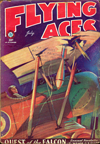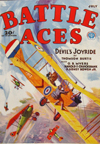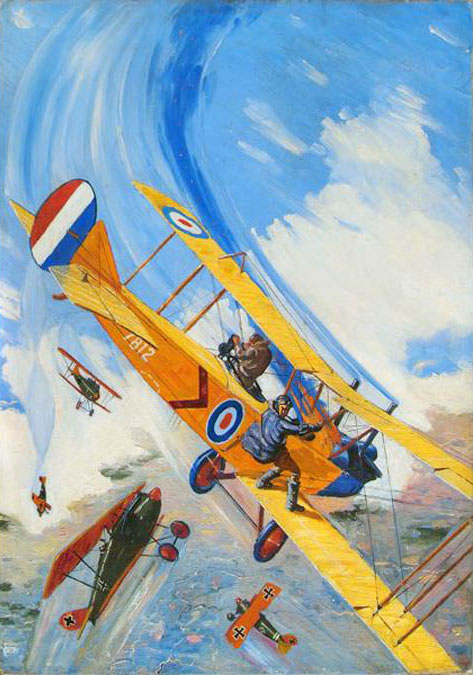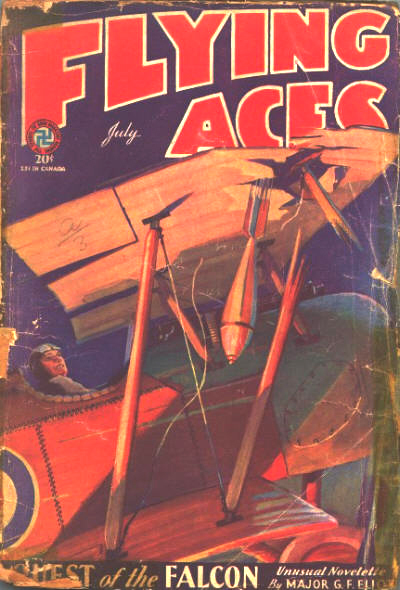THIS Holiday Season we’re delving into a pair of scrapbooks that were created in the late 20’s and early 30’s by an industrious youth, Robert A. O’Neil, with a keen interest in all things aviation. The books contain clippings, photos and articles from various aviation pulps as well as other magazines. What has been assembled is a treasure trove of information on planes and aces of WWI.
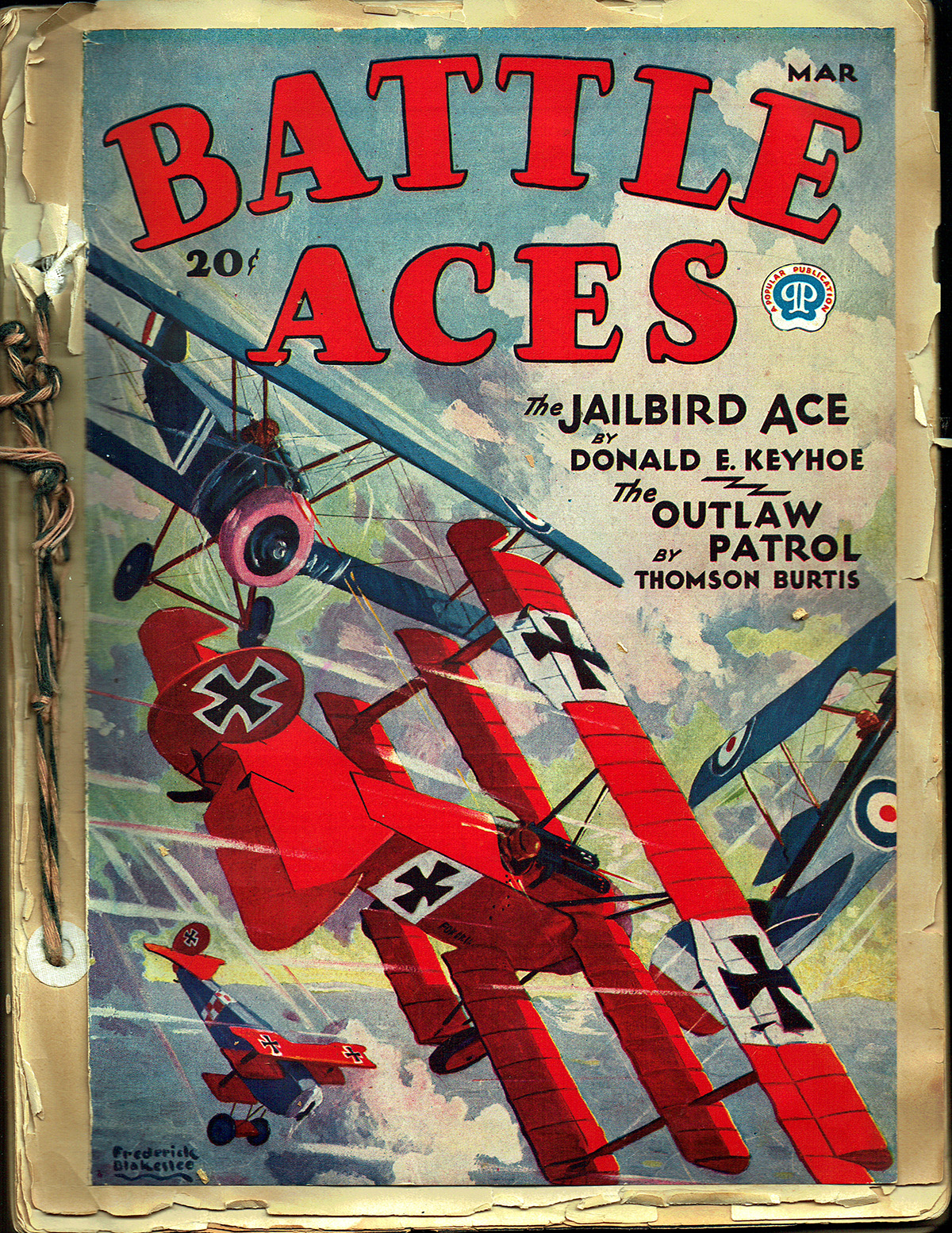 Like many in the late 20’s and early 30’s, Robert O’Neil was fascinated with aviation and as such, a large part of both volumes of his scrapbooks is taken up with a cataloging of the many different types of planes. But amongst all the planes and air race flyers and info on Aces are some surprising items.
Like many in the late 20’s and early 30’s, Robert O’Neil was fascinated with aviation and as such, a large part of both volumes of his scrapbooks is taken up with a cataloging of the many different types of planes. But amongst all the planes and air race flyers and info on Aces are some surprising items.
Turning the page, we find another letter removed from its envelope and scrapbooked in. . .

Opening it, we find a letter from “Sarge” on the official Popular Publications letterhead. Sarge was the assumed character and nom de plum of Eugene A. Clancy that he used for answering letters sent into Battle Aces magazine’s letters column, The Hot Airdrome.
SARGE AND THE HOT AIRDROME
SARGE was a grizzled old war bird often found downing Iotas at Mike’s Place with his distinguished friend Colonel Houseboat, one of the most important unofficial diplomats of two continents when not in the “hanger” answering the reader’s questions and spinning tall tales of his misadventures. Those misadventures start to take on a life of their own from month to month and often involve the likes of Clarence Hip Lee, the well-known Chinese diplomat and representative of the great Chinese general One Lung Gut, Abdul Benny Smid, the former ex-sultan of Morocco, Issac O’Connor, the Swedish ace, and sometimes the authors of the stories from the magazine!

Battle Aces’ letters column, The Hot Airdrome, was the meeting place for The Iota Club. It was a club that was easy to join—one need only need to send in the coupon at the end of the letters column that asked you to list which stories you’d like to see more of as well as your name and address. Sarge had a secretary he often referred to as a “Blonde Jane” who assisted him in sorting through the coupons and pasting them down in the Iota Club Book. She was of Norwegian decent and was not of fan of Sarge’s terse language or his ham-handed advances.

From the outset, the Iota Club seem to be on it’s way to becoming a real card carrying club like other pulp clubs. Sarge would reference that he’d give the readers full particulars about the new Iota Club in the next issue (October 1930) or that he was working on getting cards—they “weren’t quite ready yet” in January 1931, but would be sent out when they were. But these teases were never followed up on and the Iota Club remained a place where—as they state at the start of the column—”the readers of BATTLE ACES gather every month to tell each other and the editor to go to hell—on wings.”
Sarge’s load of tall tales and abuse were doubled up when Popular Publications started up Dare-Devil Aces in February of 1932. Dare-Devil Aces’ letters page, The Hot Air Club, was more of the same with Sarge dishing up over there as well as he did at the Hot Airdrome. Eventhough Battle Aces folded with the December 1932 issue (to be reborn ten months later as G-8 and his Battle Aces) Sarge wasn’t idle, as The Bull Flight Club took off that month in Battle Birds.
Like all good things, The Bull Flight Club closed its hanger doors when Battle Birds ended in June 1934 and Nosedive Ginsberg took over the bull sessions over at the Hot Air Club in April 1936.
EUGENE A. CLANCY
EUGENE A. CLANCY, born in 1882, was a New York City native and graduate of St. Francis Xavier College. He started getting his stories published in 1910 in publications like Harper’s Magazine, Short Stories, Munsey’s Magazine, Lippincott’s Magazine, Snappy Stories, The Parisienne Monthly, Top-Notch, People’s Story Magazine, and Complete Story Magazine to name but a few. It’s estimated he wrote some 1500 stories over his career.
By 1926 he started editing various aviation and war magazines for Dell—War Stories, War Novels, War Birds, and Navy Stories, before Henry Steeger brought him along when he left to start Popular Publications where he put him in charge of Battle Aces right from the get go with the October 1930 issue. From there his editing duties increased with the addition of Dare-Devil Aces in February 1932 and later Battle Birds in December 1932.
During the Second World War he served as executive secretary of the Quincy Council of Social Agencies in Massachusetts. After the war he held the position of South Side correspondent for the Boston Herald-Traveler until he passed away on March 29th, 1952 at the age of 69.
A LETTER FROM SARGE
EUGENE CLANCY replies to Robert’s request to get a copy of the June 1931 issue of Battle Aces and possibly pictures of war planes in combat. Dated July 23rd, 1931:
Dear Robert:
This is to acknowledge receipt of forty cents in stamps for the June issue of BATTLE ACES, which was sent out under separate cover by first class mail and you should have received it by this time.
The best way for you to get framed pictures of war planes in combat would be to write to the Signal Corps in Washington for the pictures and then have them framed. The Signal Corps has a fairly complete list of photographs which they will send upon request and you can have them framed at any art dealer’s for about seventy five cents a piece.
Now lissen’ Bozo—no wise cracks about the blond jane. You lay off or I’ll fly over your drome and drop a load of TNT on your neck.
Hope you get as much kick out of reading the magazine as we do out of putting it together.
Yours for happy landings,
THE SARGE

Clancy signed the letter simply as “Gene.”
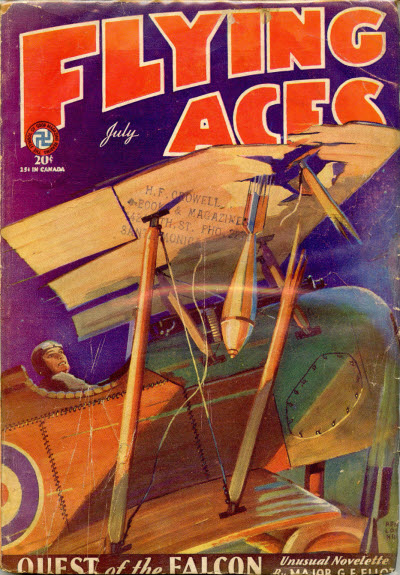 That sound can only mean one thing—that Bachelor of Artifice, Knight of Calamity and an alumnus of Doctor Merlin’s Camelot College for Conjurors is back to vex not only the Germans, but the Americans—the Ninth Pursuit Squadron in particular—as well. Yes it’s the marvel from Boonetown, Iowa himself—Lieutenant Phineas Pinkham!
That sound can only mean one thing—that Bachelor of Artifice, Knight of Calamity and an alumnus of Doctor Merlin’s Camelot College for Conjurors is back to vex not only the Germans, but the Americans—the Ninth Pursuit Squadron in particular—as well. Yes it’s the marvel from Boonetown, Iowa himself—Lieutenant Phineas Pinkham! 




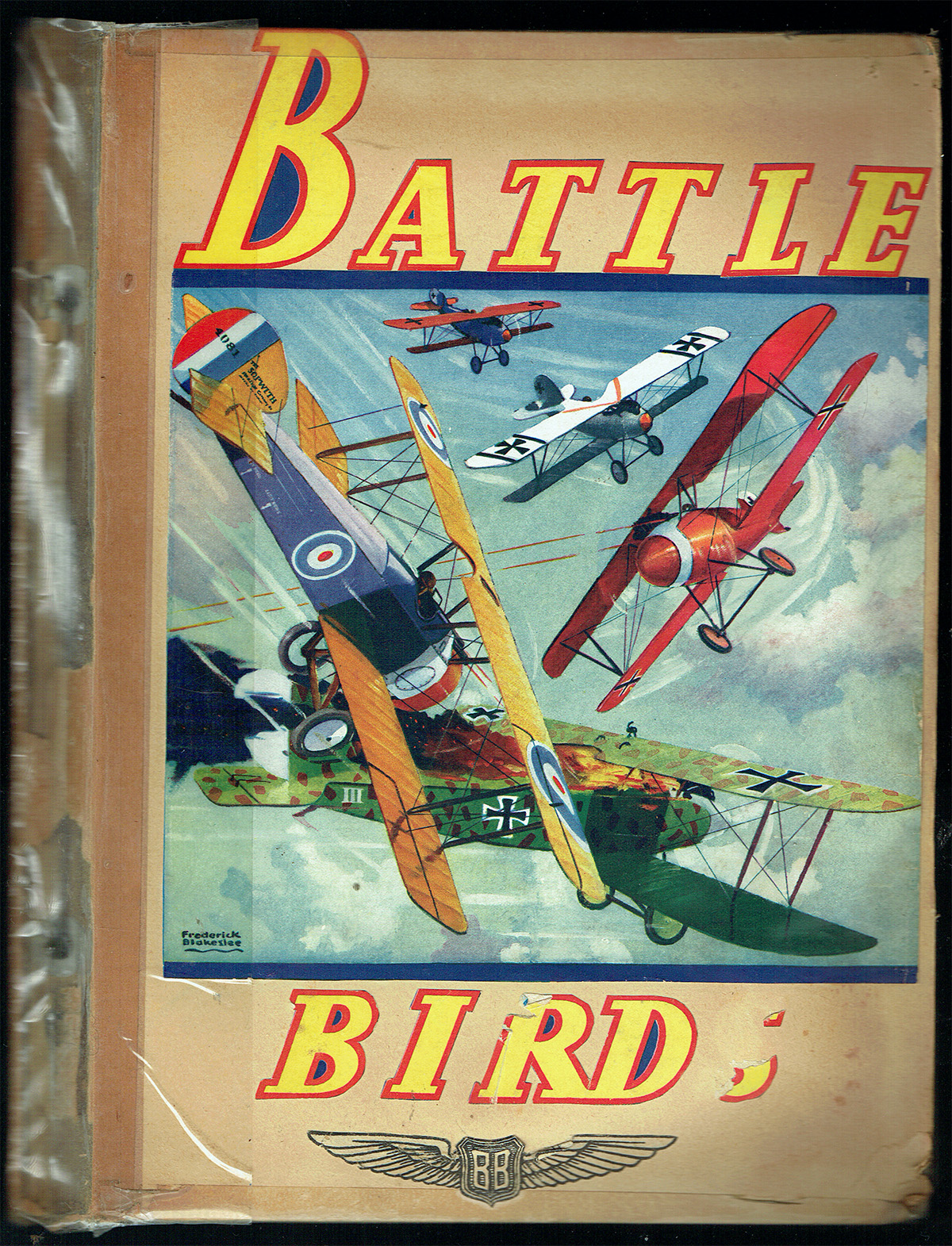 Like many in the late 20’s and early 30’s, Robert O’Neil was fascinated with aviation and as such, a large part of both volumes of his scrapbooks is taken up with a cataloging of the many different types of planes. But amongst all the planes and air race flyers and info on Aces are some surprising items. Robert was also fond of including cut-outs from covers of all kinds of aviation themed magazines.
Like many in the late 20’s and early 30’s, Robert O’Neil was fascinated with aviation and as such, a large part of both volumes of his scrapbooks is taken up with a cataloging of the many different types of planes. But amongst all the planes and air race flyers and info on Aces are some surprising items. Robert was also fond of including cut-outs from covers of all kinds of aviation themed magazines.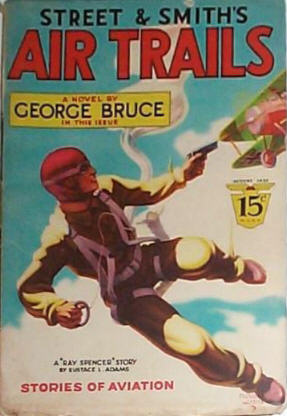
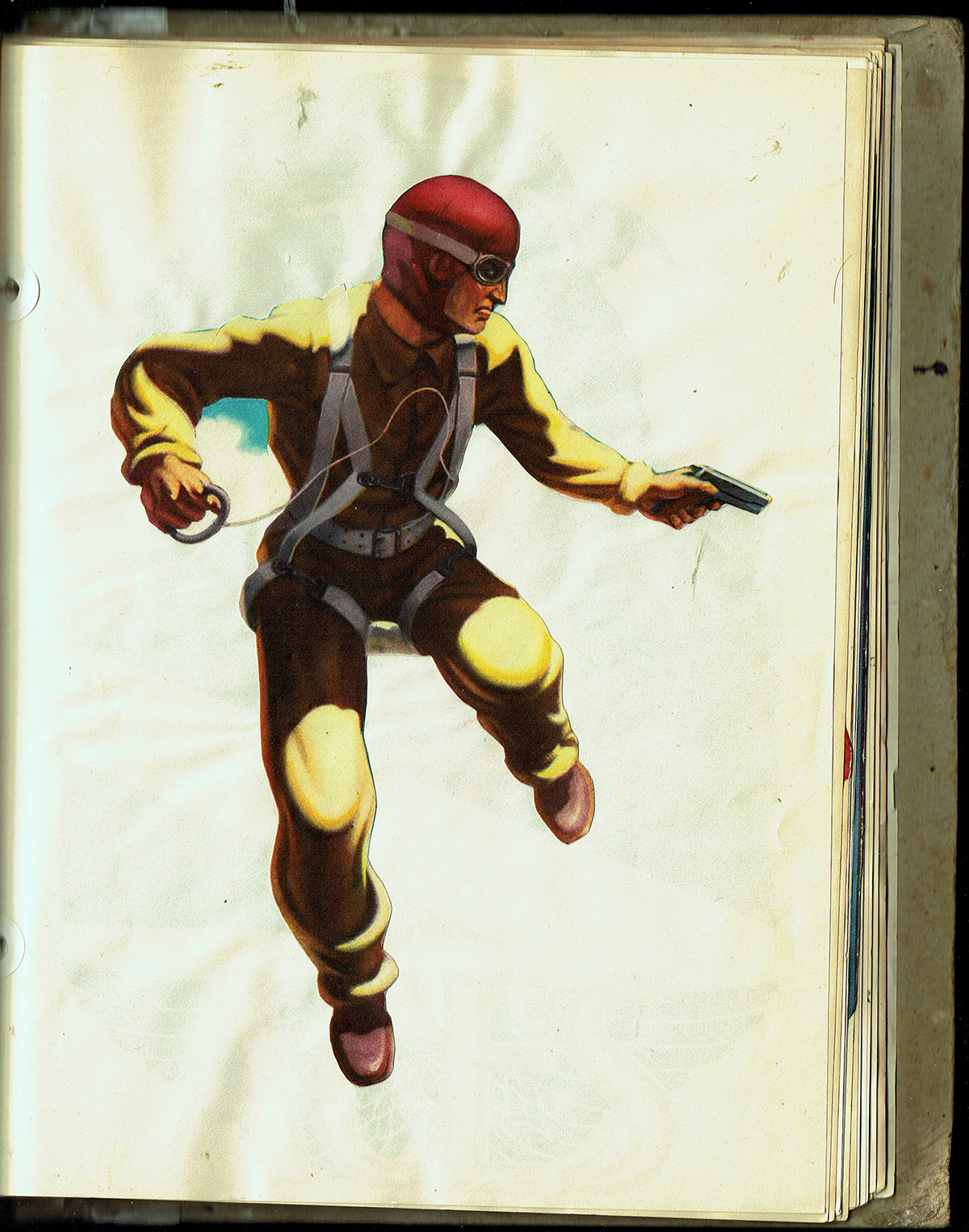
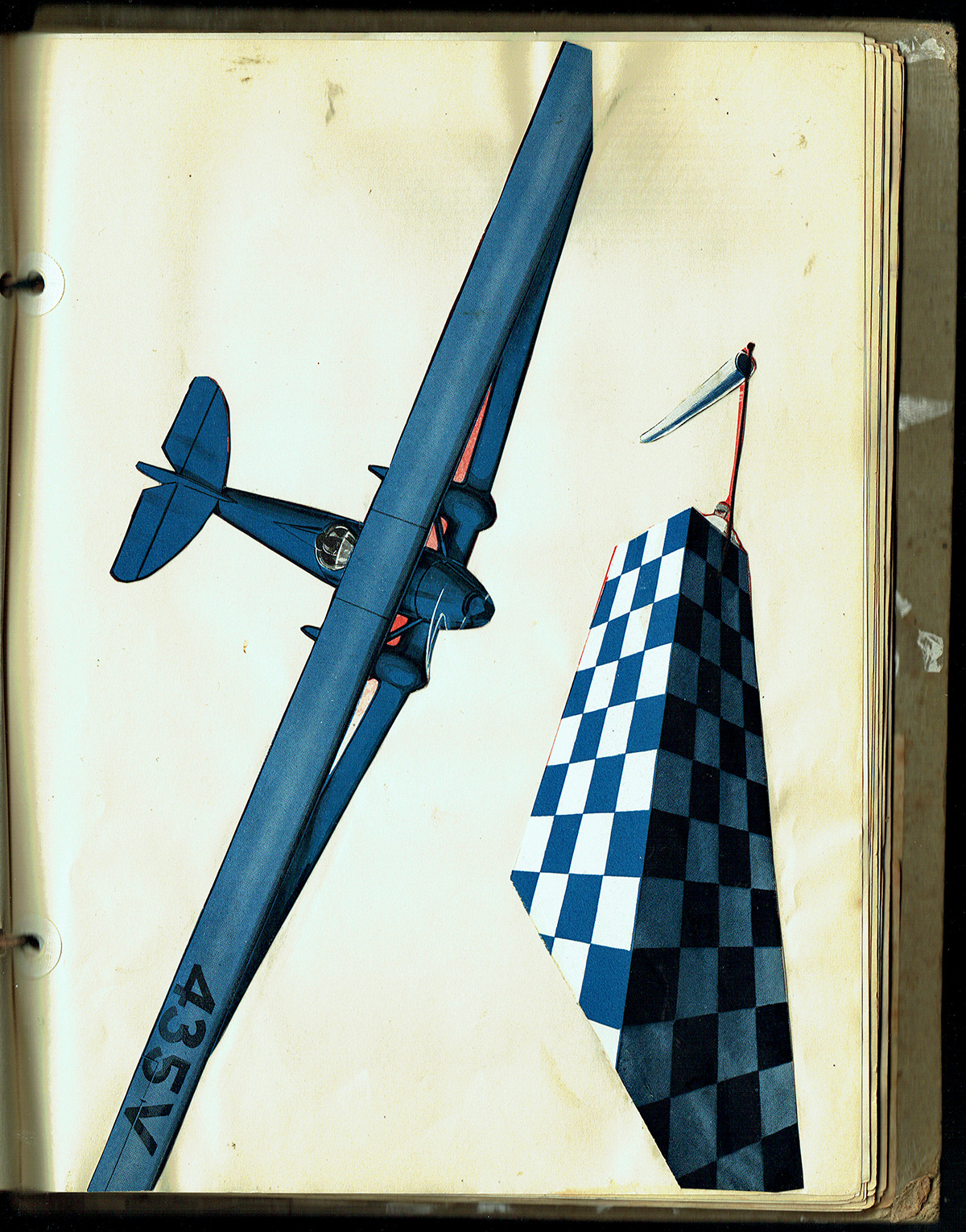
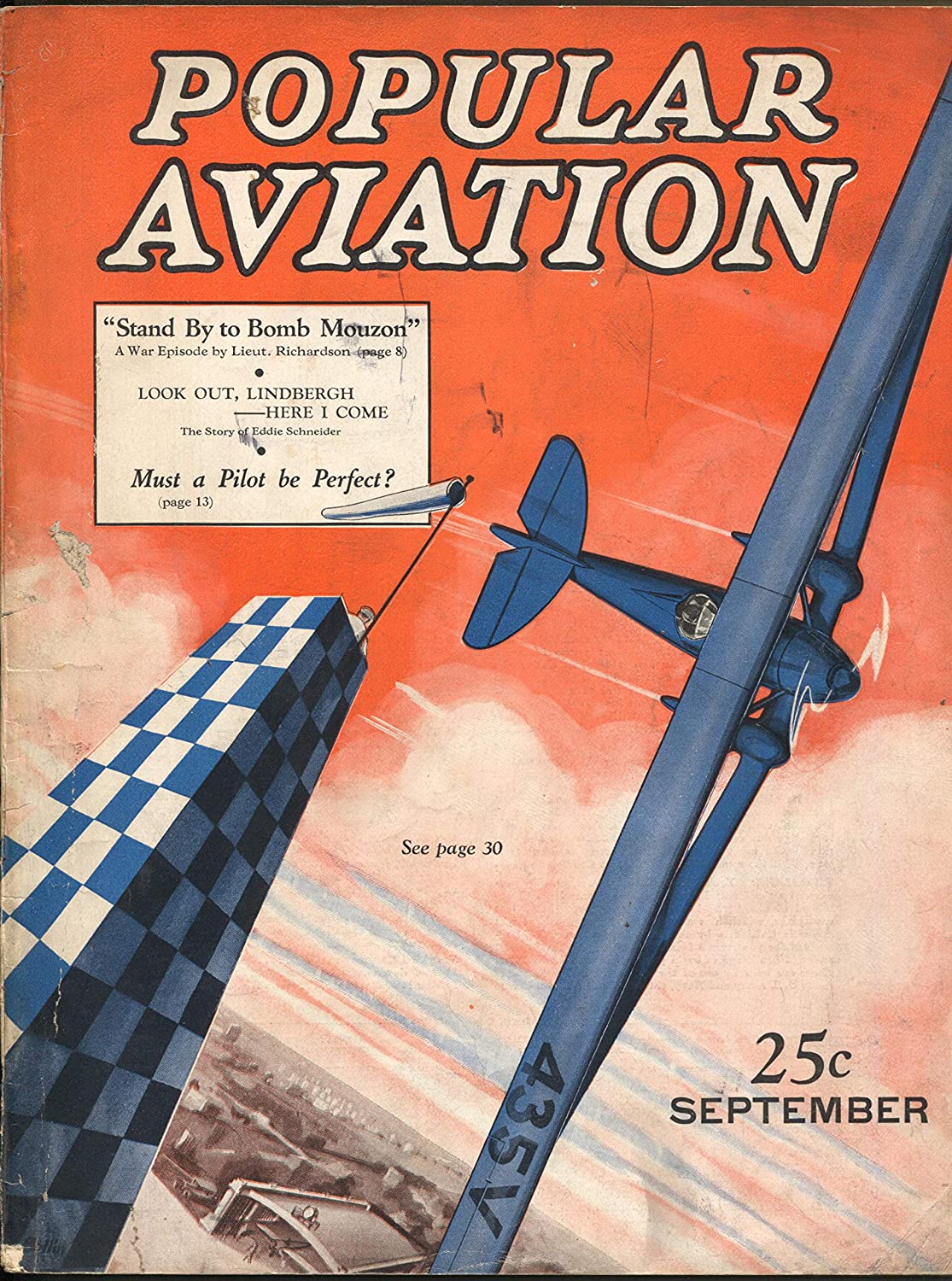
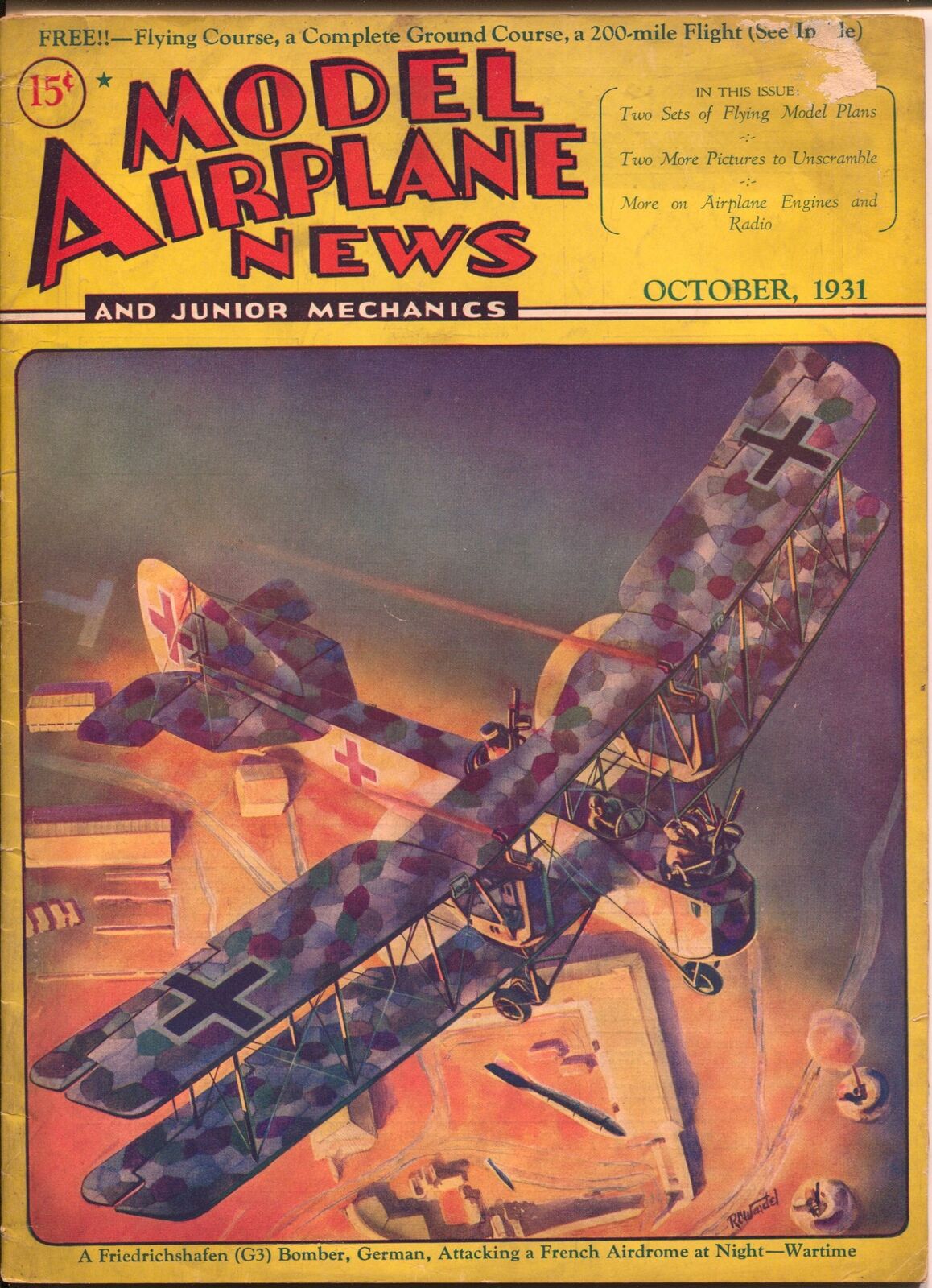
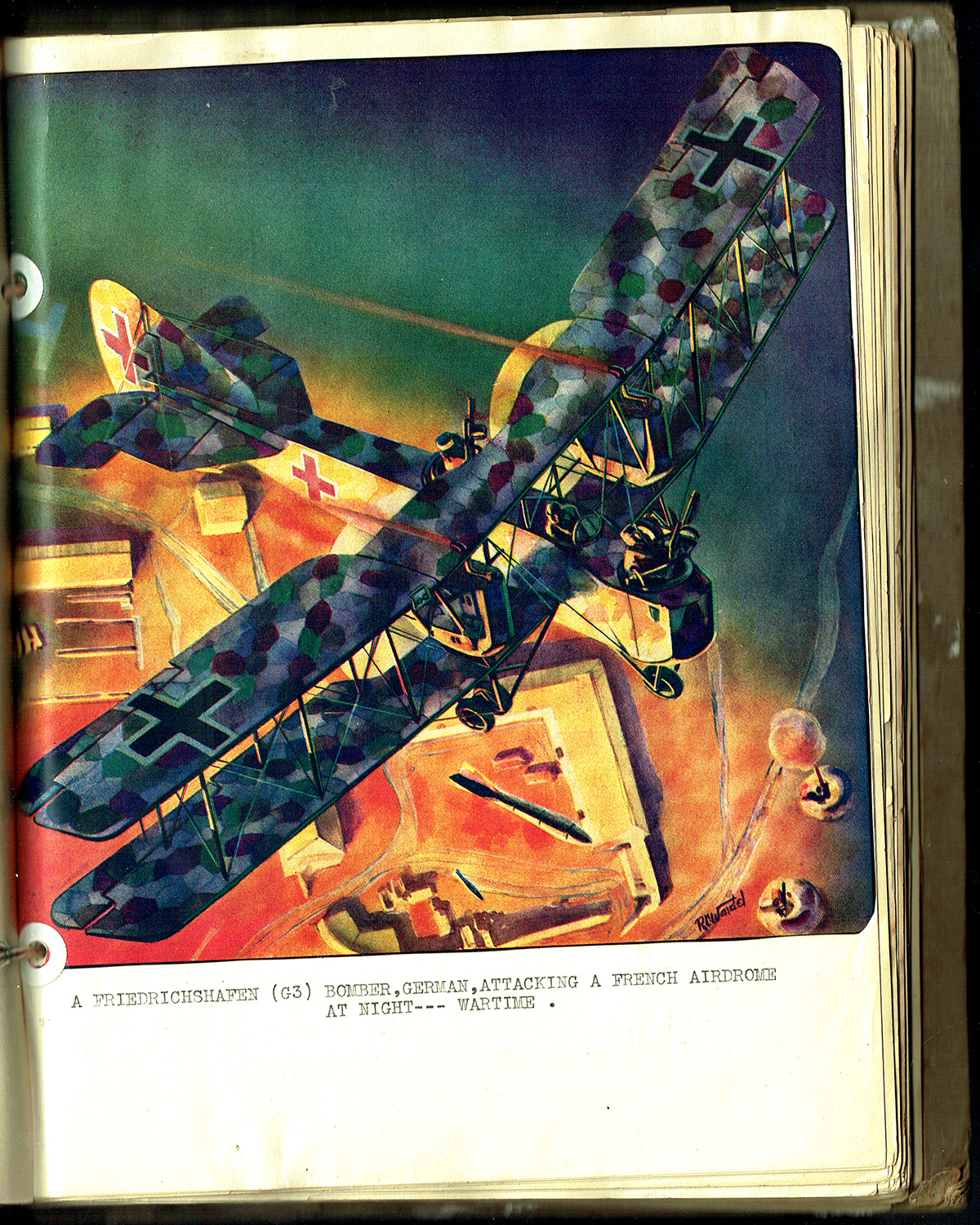
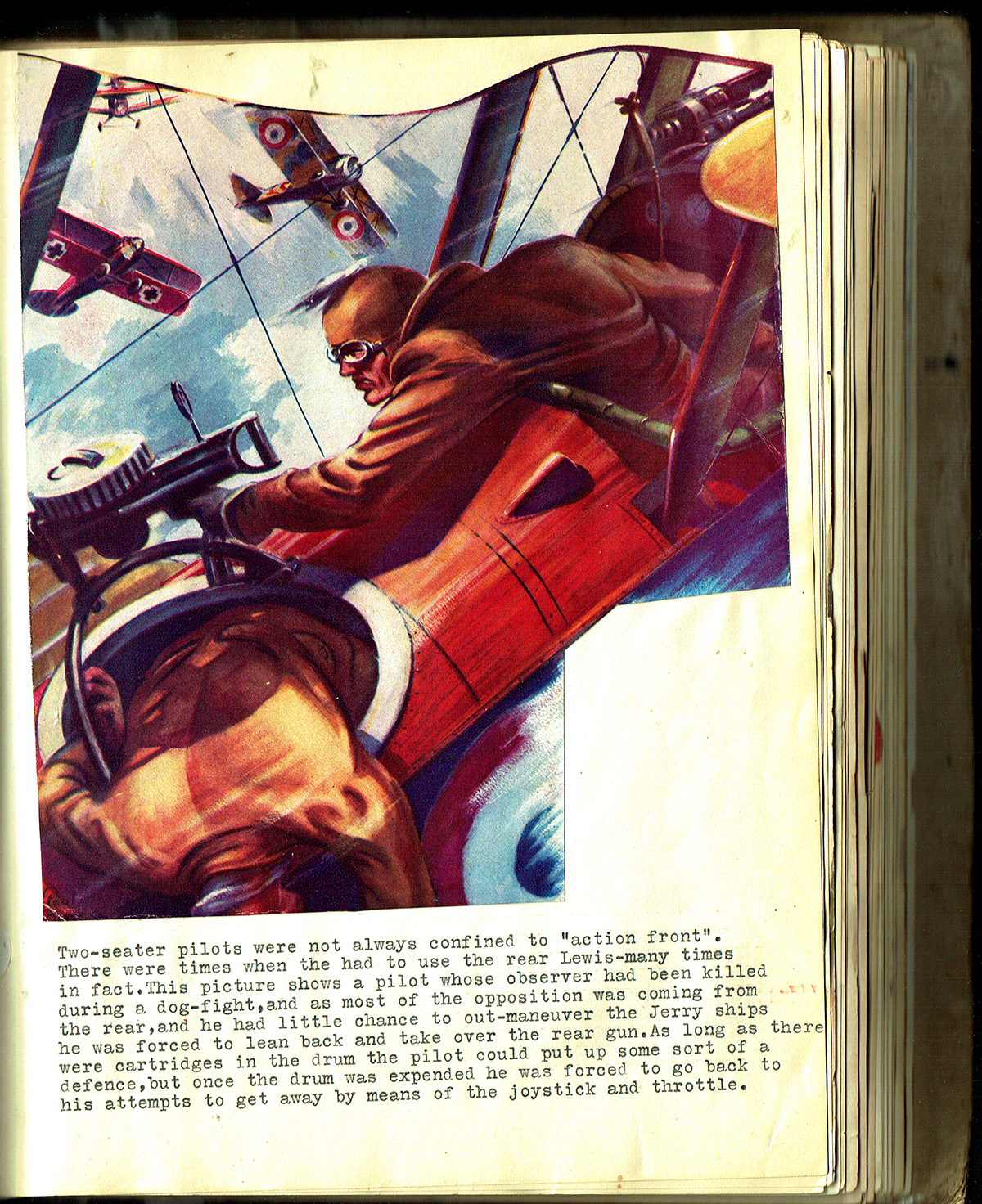
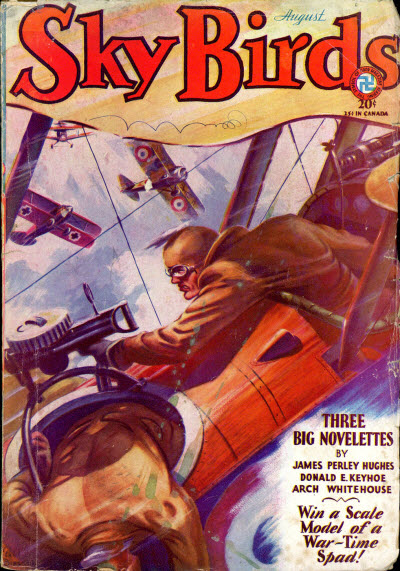
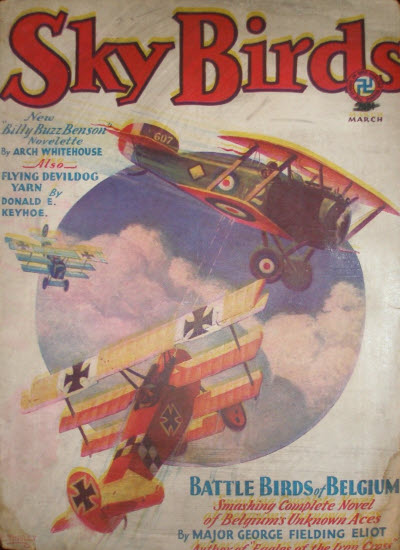
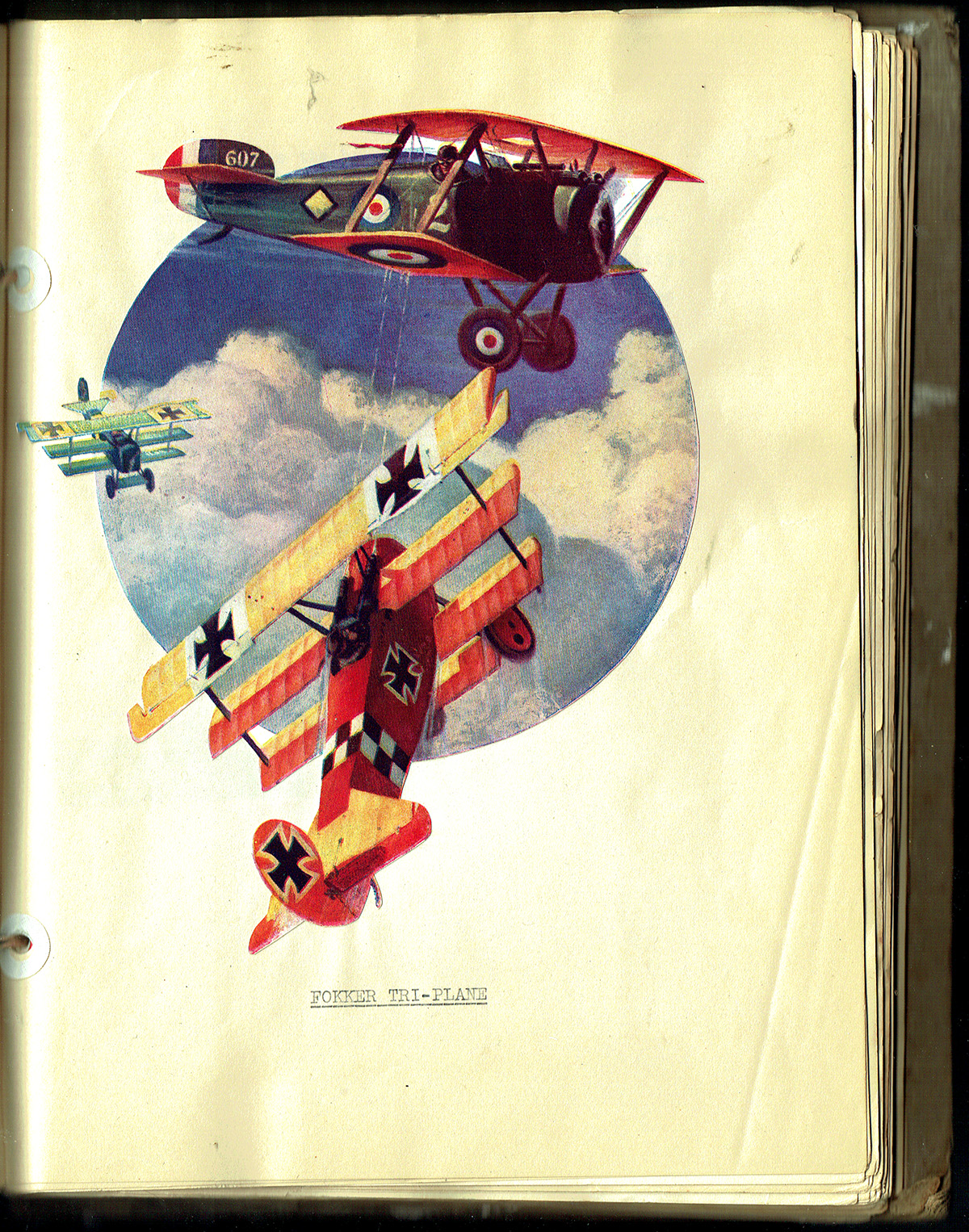
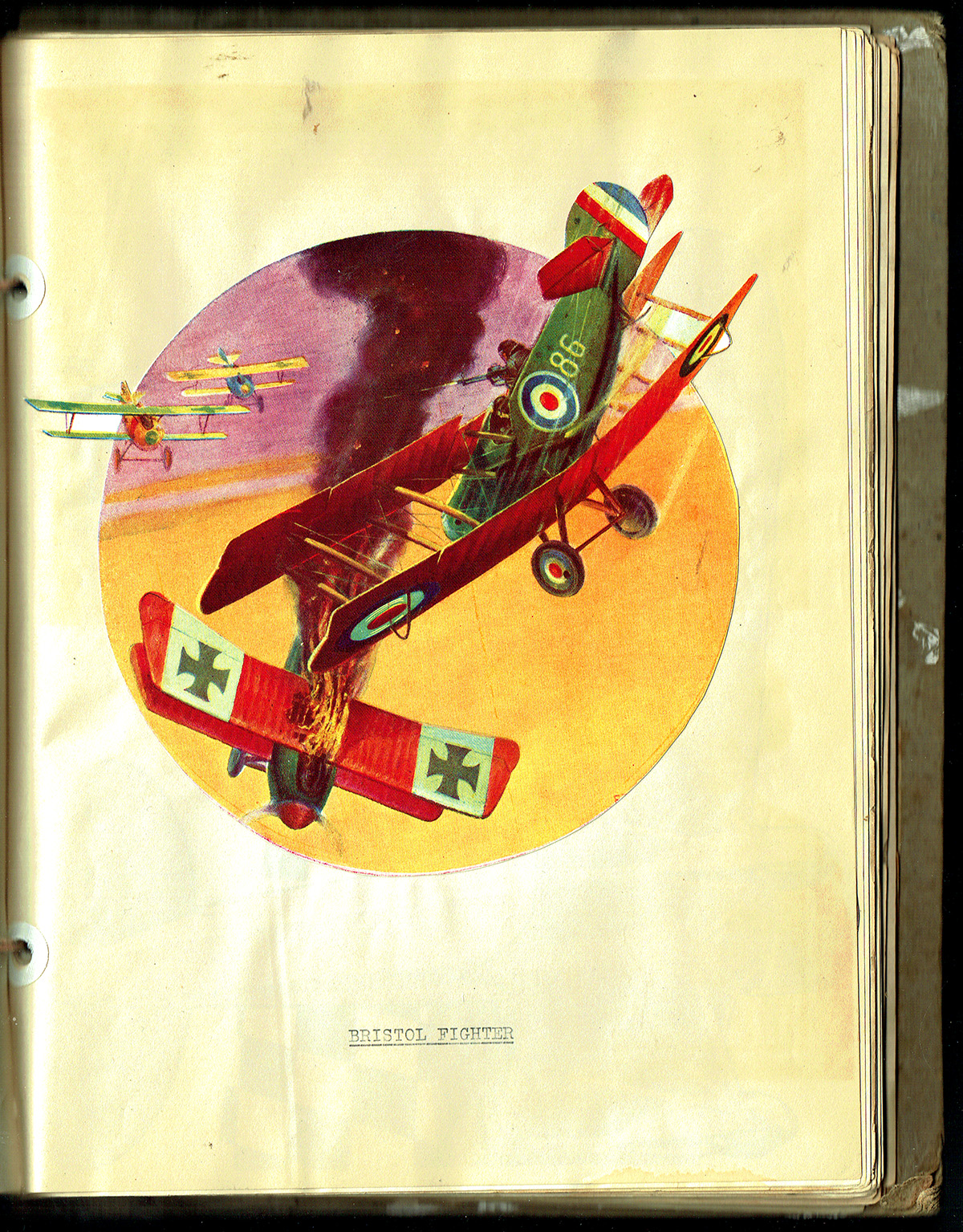
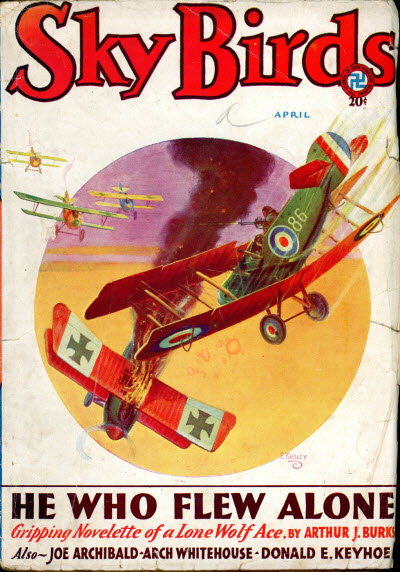
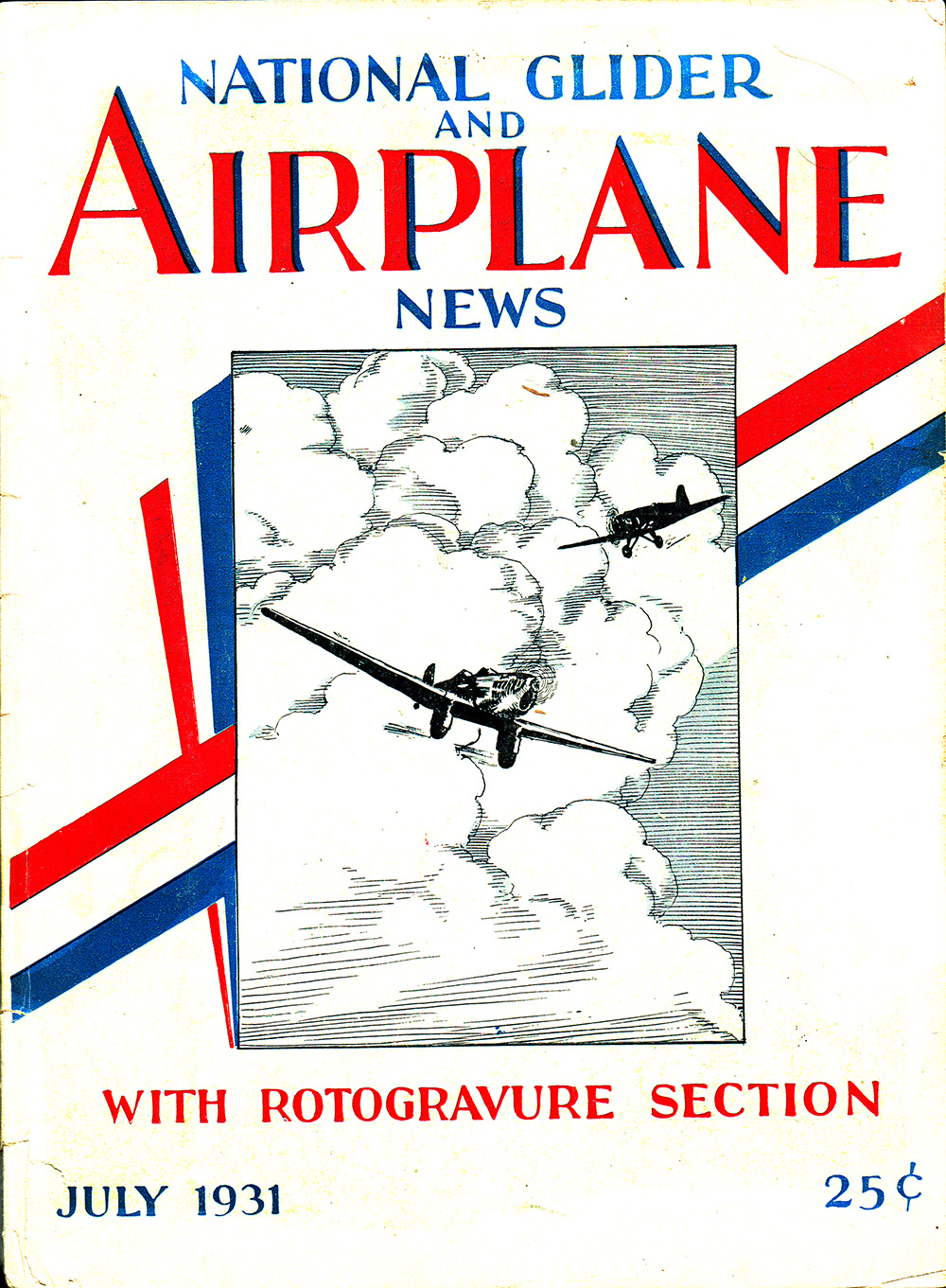
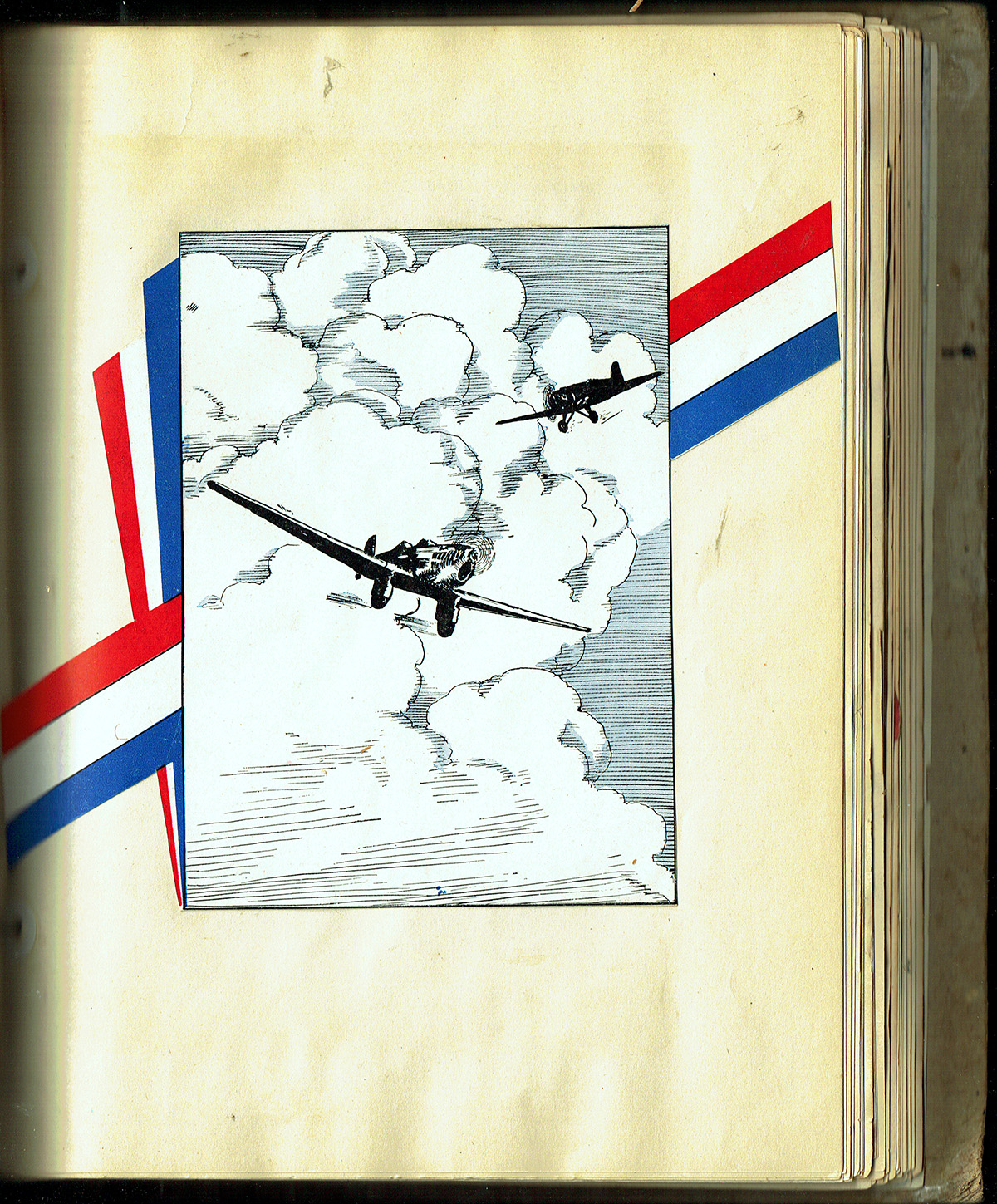
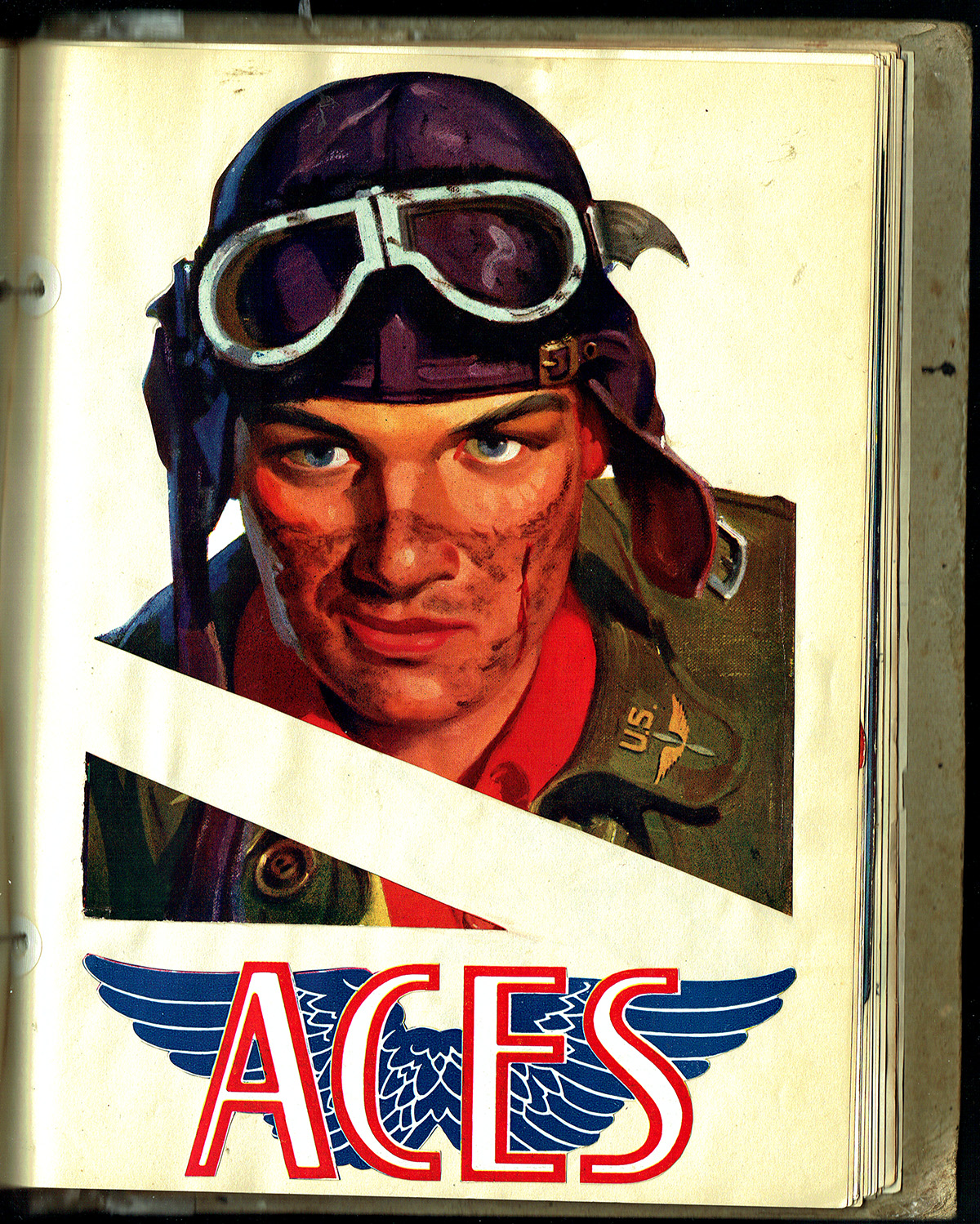
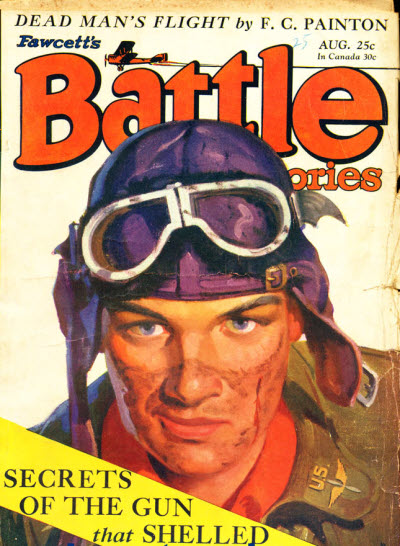
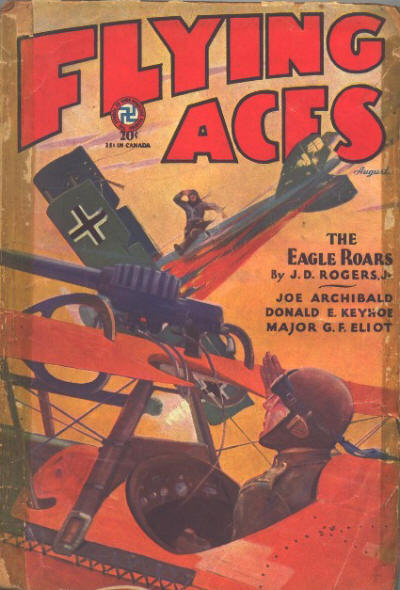
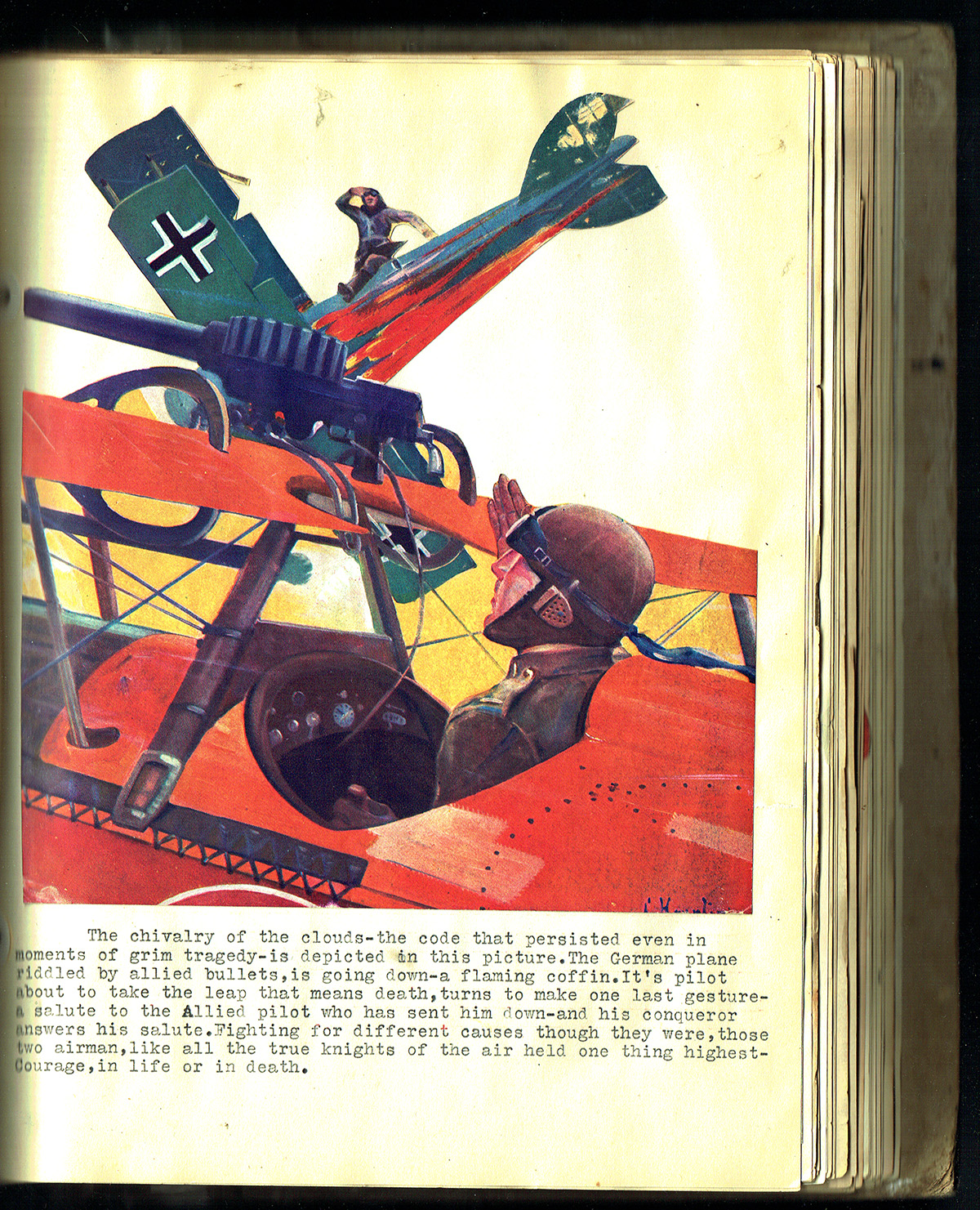
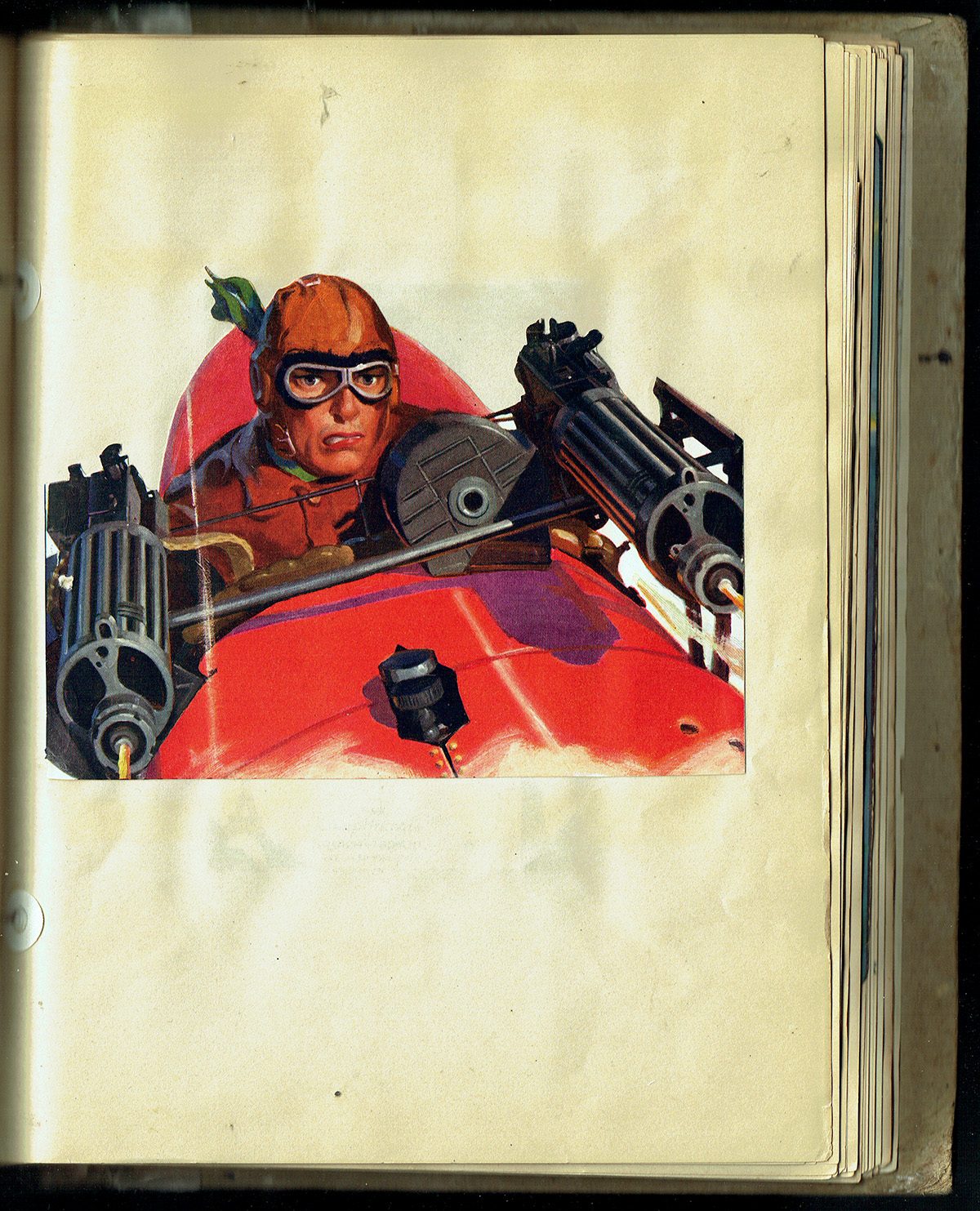
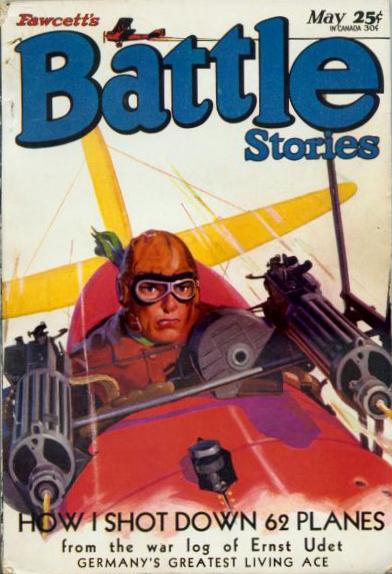
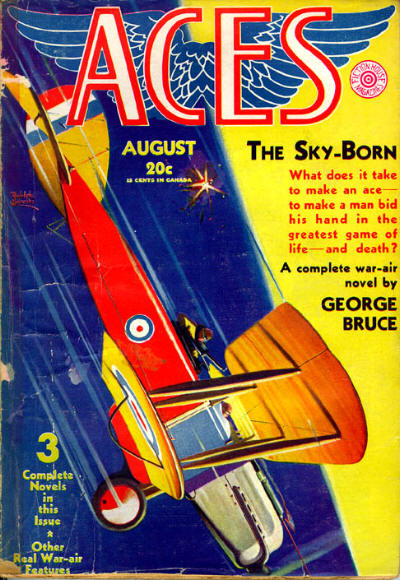
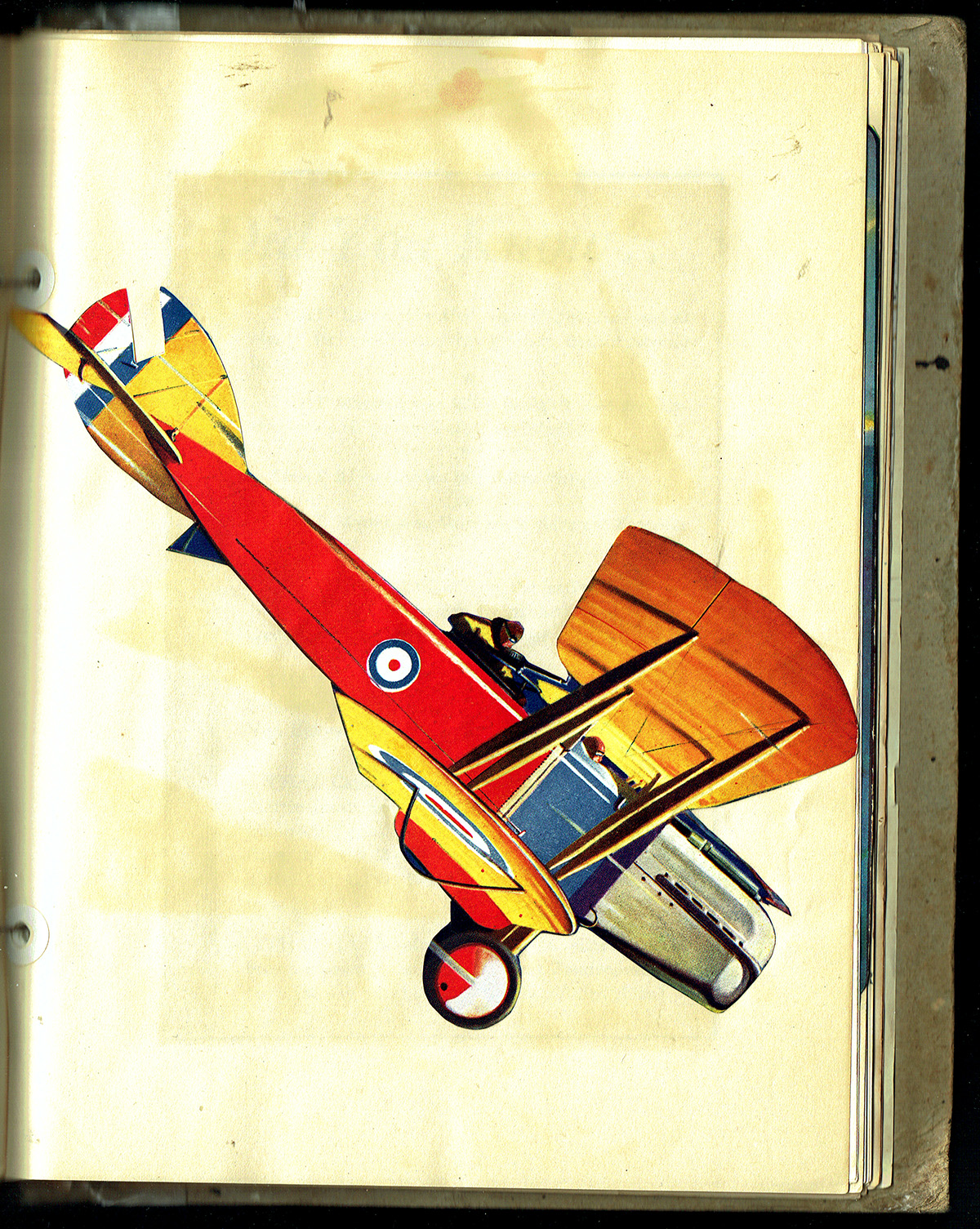
 Like many in the late 20’s and early 30’s, Robert O’Neil was fascinated with aviation and as such, a large part of both volumes of his scrapbooks is taken up with a cataloging of the many different types of planes. But amongst all the planes and air race flyers and info on Aces are some surprising items.
Like many in the late 20’s and early 30’s, Robert O’Neil was fascinated with aviation and as such, a large part of both volumes of his scrapbooks is taken up with a cataloging of the many different types of planes. But amongst all the planes and air race flyers and info on Aces are some surprising items.



